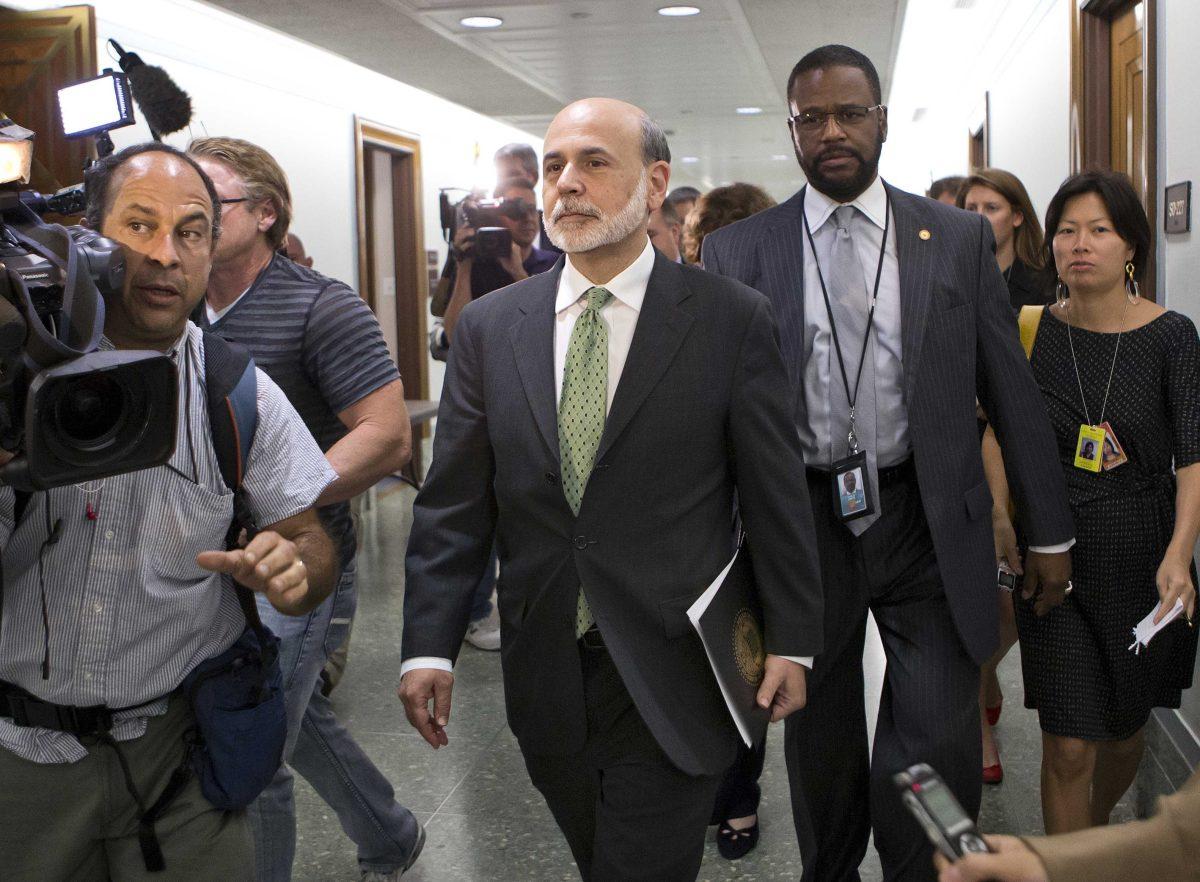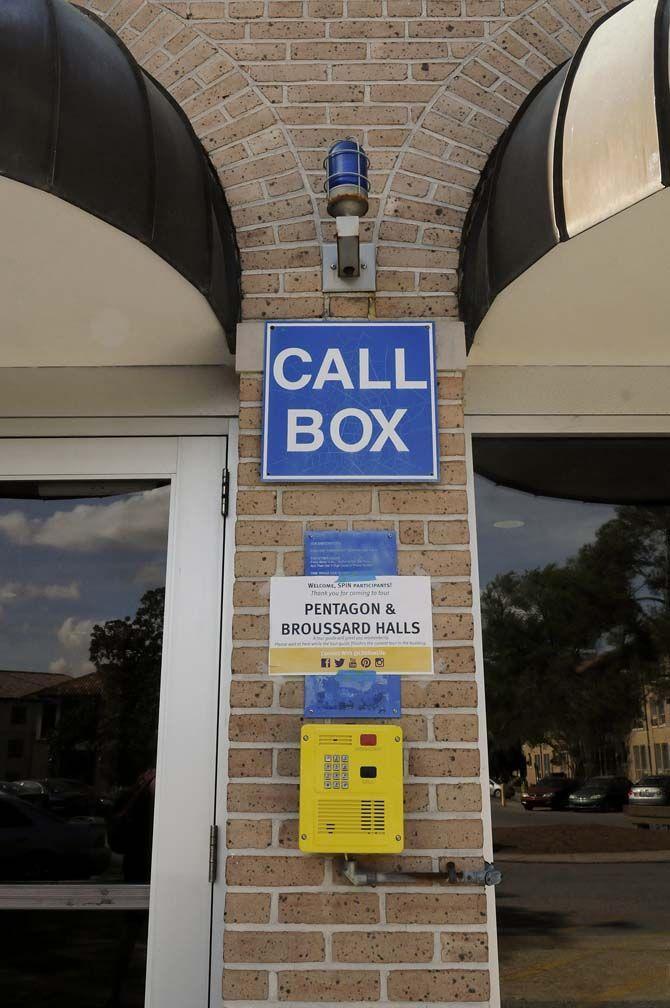With further evidence of an impending economic downturn and the fate of millions of unemployed and underemployed Americans hanging in the balance, Federal Reserve Chairman Ben Bernanke declared last week that the central bank would take forceful policy action in an effort to stimulate the economy.
While Bernanke had been hinting that he would take further steps to aid the economy, the Fed’s announcement of a third round of quantitative easing is welcome, but long overdue.
The need for stimulus reflects the poor state of the U.S. economy. Continued stagnant economic growth coupled with a persistently high unemployment rate indicates a clear case for monetary expansion.
Some background: The Fed is the central banking system in the United States, and was installed in 1913 to ensure a safer, more flexible and more stable monetary and financial system.
It normally takes primary responsibility for short-term economic management by influencing the direction of interest rates in order to control the money supply.
The conventional tool the Fed uses for controlling the amount of money in our economy is the buying and selling of government securities, such as treasury bills, in its open market operations.
When the economy is running too slow, the Fed purchases government securities, expanding the money supply. These purchases lower interest rates, which spur economic development and create the risk for inflation.
Consequently, when the economy is running too fast, the Fed sells government securities, decreasing the money supply. This action increases the interest rate, which slows economic growth and curbs the risk of inflation.
A continued policy of Fed purchases that result in low interest rates is exactly what we need to combat the tepid growth our economy is currently facing.
However, due to the magnitude of the financial crisis that has weakened our economy so severely, the Fed has been forced to implement a more aggressive monetary policy since 2008. The policy is buying longer-term assets through what’s known as “quantitative easing.”
The goal behind these purchases is to drive down the cost of borrowing and encourage economic growth. It’s simple econ 101: Firms are more likely to purchase equipment and hire workers when they can do so cheaply.
And during last week’s Fed announcement, Bernanke pledged the latest round of quantitative easing, saying the Fed intends to purchase $40 billion in mortgage-backed securities a month, and potentially other assets, until there is significant improvement in the labor market.
But what is likely to be the most impacting portion of the Fed’s stimulus comes from a radical shift in policy. The Fed is trying to bolster confidence that it won’t withdraw support at the first sign of good news.
In its statement, the central bank announced that “a highly accommodative stance of monetary policy will remain appropriate for a considerable time after the economic recovery strengthens.”
The idea is that the Fed can encourage more private sector spending right away by promising to maintain an expansionary monetary policy well into the recovery, instead of prematurely raising rates when conditions slightly improve.
Quantitative easing will encourage potential home buyers with the prospect of moderately higher inflation, which will make their debts easier to repay. Businesses will be encouraged by the probability of higher future sales, which gives them confidence to invest and hire more workers. The value of stocks will rise, increasing wealth, and the value of the dollar will fall, boosting U.S. exports.
This new kind of policy movement is exactly what the Fed needs to pursue in order to address unemployment and growth issues, enabling the U.S. to walk down a path toward a sustainable recovery.
It’s important to note that the Fed’s aggressive policies are not the ultimate solution to our economic woes. The goal of the policies is to accelerate the recovery, and allow for the economy to grow quickly enough to generate jobs.
Last week we learned that the Fed has correctly re-placed its emphasis on jobs and is willing to take as much action as needed until a noticeably positive effect is made in employment and growth.
It’s great the Fed has finally gained some conviction because its economic leadership is crucial to the future of the U.S.








